Bucket List Trips: The AK Heli Ski Trip
Powder aims to feature only the best products and services. If you buy something via one of our links, we may earn a commission.
NOTE: We all have a bucket list of ski trips, but prepping for your next big adventure can seem pretty overwhelming when it comes to choosing what to bring. I’ve been fortunate enough to travel the world for the last decade with skis in tow, and have learned a thing or two worth sharing about what kind of gear to bring to maximize the fun and minimize the stress. It’s worth noting that my recommendations are independent, come from learning from my own mistakes, and highlight things I’m truly excited about. This series is aimed at the generalist skier who’s interested in it all - powder, freeriding, some hiking and touring, the occasional shit-your-pants steep skiing moment, and most of all, adventure!
Check out the rest of our Bucket List Trips Guides here.
Ski touring is cool and all, but what about skiing tens of thousands of vertical feet a day with the help of the coolest machine in the world, a helicopter? Yeah, a week of heliskiing can cost you more than a new car, but it will certainly be the experience of a lifetime. If you’re up for it, you can ride some of the steepest, most sustained terrain on the planet - literally the same lines ski movie athletes ride on camera. It’s unlike anything you can feasibly get to on foot, so might as well strap into the biggest skis you can find and open up the throttle.
Ok, so I’ll admit that I haven’t actually been on a true Alaska heliskiing trip (who wants to take me?), so this Bucket List Gear Guide is a little bit different. To get the inside scoop, I spoke with my good buddy Pete Stone, an AMGA-certified ski guide who spends every March in Haines guiding clients for SEABA Heli. He’s seen it all up there, and has some beta on the gear to bring that will actually have you skiing like a pro.
Skis: 120 or more underfoot skis, a size larger than what you’re used to
The terrain around Haines, and for that matter much of Alaska, is in every ski movie ever for a reason. It’s steep, it’s huge, and there are ridges, faces and spines everywhere covered in stable, deep powder. “You’ll be skiing faster than you ever thought imaginable,” says Stone, so plan accordingly. That means bringing the biggest skis you can find, and sizing up 5-10 cm in length than what you would ski elsewhere.
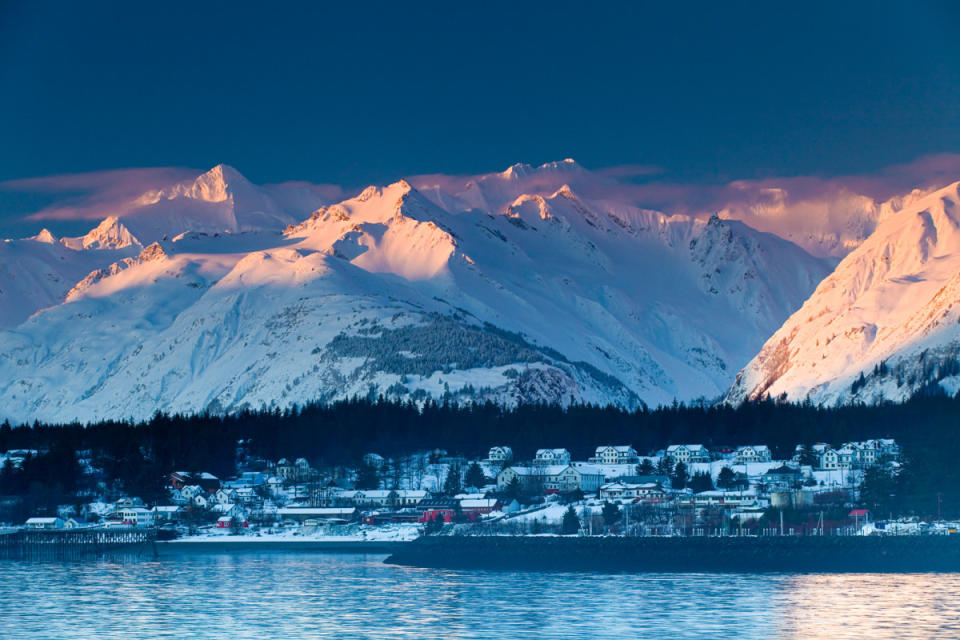
Photo: Will Wissman
“I’ve seen too many clients insist that their 110mm underfoot powder skis are good enough, only to struggle down easy runs because their legs get too tired,” he says. The scale of these mountains is enormous, so a longer, wider and stiffer ski allows you to make larger-radius turns at high speeds with far less effort. Essentially, these are specialized tools for very unique conditions, so if it seems like too much ski at your home hill, it’s probably appropriate for Alaskan heliskiing. Another thing to note: many brands beef up the longest size of their freeride powder skis specifically for this use case.
Admittedly, there aren’t that many skis that can handle this kind of terrain, but there are some great options out there. Anything that big will come with plenty of tip and tail rocker, and it’s kind of up to you if you prefer the looser feel of a fully reverse camber ski like the 4FRNT Renegade, or Armada ARG II, or a freestyle kick like the K2 Reckoner 122 or Atomic Bent 120, or something with a little more of a traditional feel like the Faction La Machine Max, or Black Crows Nocta.
Again, size up from what you typically would ski. “I’m 6’1” and I ride 192cm skis every day up here,” says Stone.
Boots: Very stiff alpine boots
Driving huge skis requires appropriately stiff boots, so match up accordingly with a freeride or race plug boot. There isn’t really much need for a touring boot here (you won’t need it, and external walk mode parts can get caught on the helicopter and likely break), so stick with a true alpine boot. Grip Walk soles are nice to have for the added grip when loading and unloading the ship, Stone says.
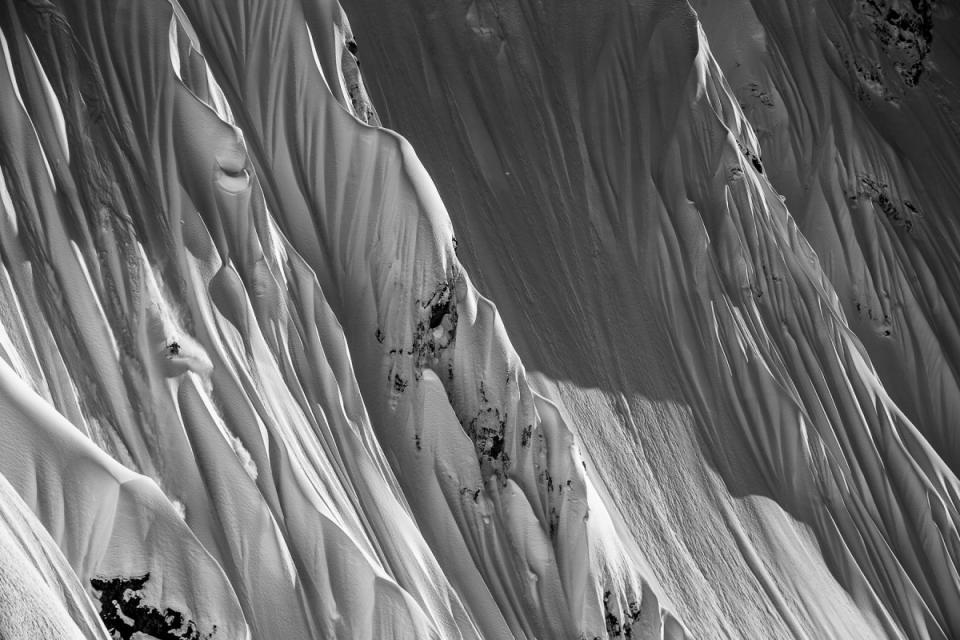
Photo: Will Wissman
As always, consult a bootfitter for what will fit your foot best, and consider adding an aftermarket liner like a ZipFit or Intuition Power Wrap to stiffen things up even further. “It can get very cold on days we fly, so keeping your feet warm and happy is a priority,” says Stone. Heated socks or integrated boot heaters go a long way.
Some great options to look at are the Dalbello Cabrio, Atomic Hawx, Salomon S-Pro, or the new K2 Recon or Fischer RC4 MV Pro DYN boots.
Outerwear: Heavy Duty Gore Tex
“3-layer Gore-Tex was pretty much invented for Alaskan heli skiing,” says Stone. You probably won’t be storm skiing, but even on sunny days, the Alaskan climate can be notoriously harsh. It might be cozy at the SEABA lodge, but you’ll be zipped up thousands of feet into the icy heights in a matter of minutes, so things change quickly. Getting in and out of helicopters and dealing with your gear at LZs also exposes you to sharp edges, so wearing something burly will keep you warm and dry and the elements out.
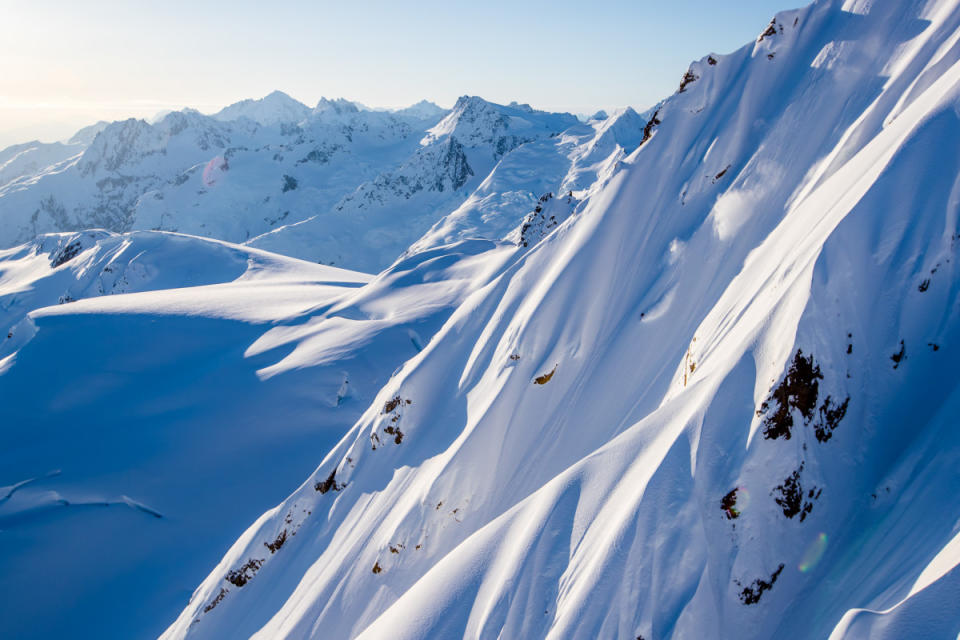
Photo: Will Wissman
Many outerwear kits these days are going all-in on lightweight construction, so finding something suitably burly isn’t actually all that easy. It seems that there’s a million different types of Gore-Tex out there today, so look for uninsulated 3L Gore Tex Pro garments or something equivalent from brands that use other fabric tech.
When it comes to burly outerwear, I’d look at brands like Dakine, Arc’Teryx, or the Scandinavian brands like Norrona, Helly Hansen or Haglöfs.
Pack: A 15-20L airbag
Most heliskiing operations, including SEABA, require all guides and clients to wear an avalanche airbag while skiing. Check with your op about whether they require you to use their gear or if you can bring your own. “You won’t need to carry much beyond avalanche gear and an extra layer and a snack, so a small 15-20L airbag or vest is perfect,” says Stone, “all the heavy and bulky stuff just lives in the helicopter.”
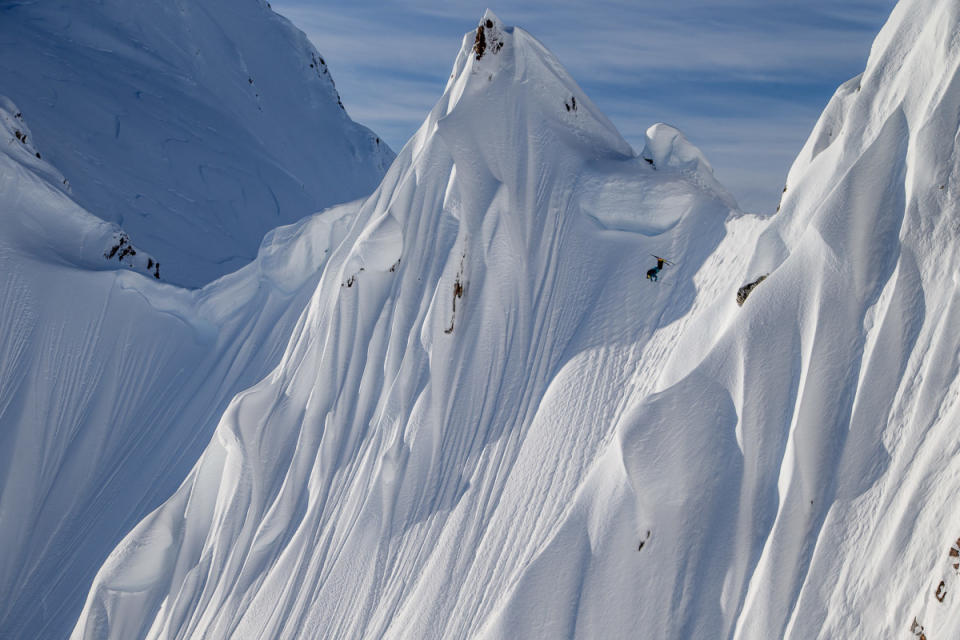
Photo: Will Wissman
Luckily, there are plenty of great tiny airbag options these days, like the new Arva Mini 15+, Mammut Free Vest 15, BCA Float 12, Dakine Poacher RAS Vest, or the electronic Scott Guide AP 20.
Other Hardgoods: Climbing Harness, Sunglasses, extra goggles and gloves
Depending on where you’re riding, there might be a few extra things you’ll need. Many ops like SEABA require all guests to wear a climbing harness and carry a locking carabiner in the case of a crevasse fall (you’ll be skiing over glaciers all day long here). “Skiing with a dedicated rock climbing harness isn’t the most comfortable feeling in the world, so grab a lightweight ski mountaineering harness,” says Stone. There’s a few really low-profile ones on the market like the Petzl Fly, Blue Ice Choucas, or Black Diamond Couloir LT.
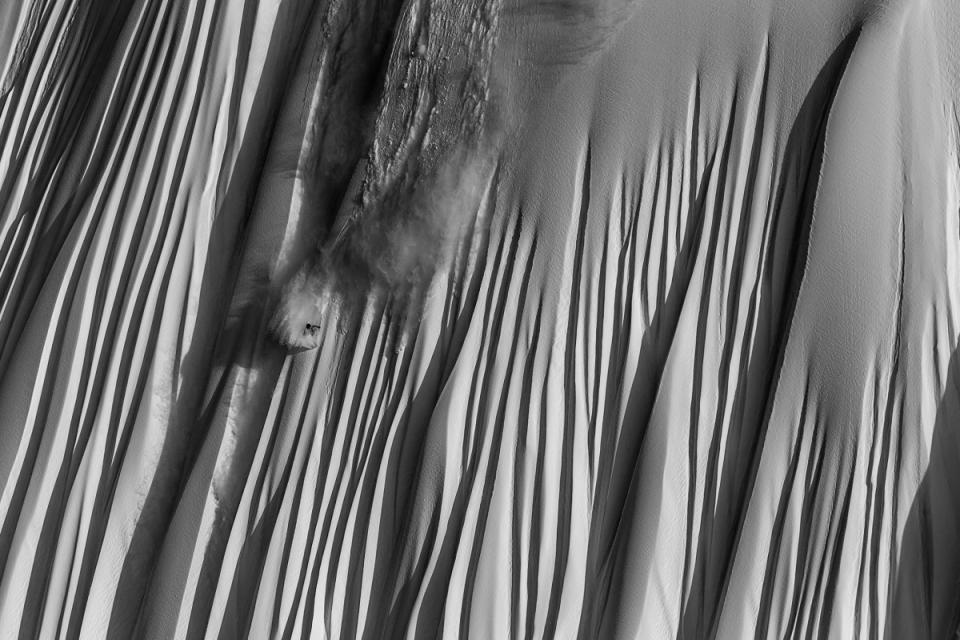
Photo: Will Wissman
Rotor wash is a real thing that can quickly make your goggles useless if they fill with snow, so Stone advises carrying an extra set of goggles in your pack. That way you can quickly swap them out instead of having to fuss around cleaning and drying them while your friends angrily wait for you on top of their dream lines.
Slip a pair of sunglasses and extra thin gloves in the pack too for when you’re hanging out having lunch.
Extras: Earplugs
“Helicopters are unbelievably loud,” says Stone, “so I always recommend that my guests carry some earplugs with them to wear while flying or near the helicopter on the ground.” Grab a pair of industrial foam or silicone earplugs that are attached to a string, so you won't lose them. There’s plenty of options on Amazon. Besides, these might come in handy when your roommate at the lodge starts snoring at 2am.

